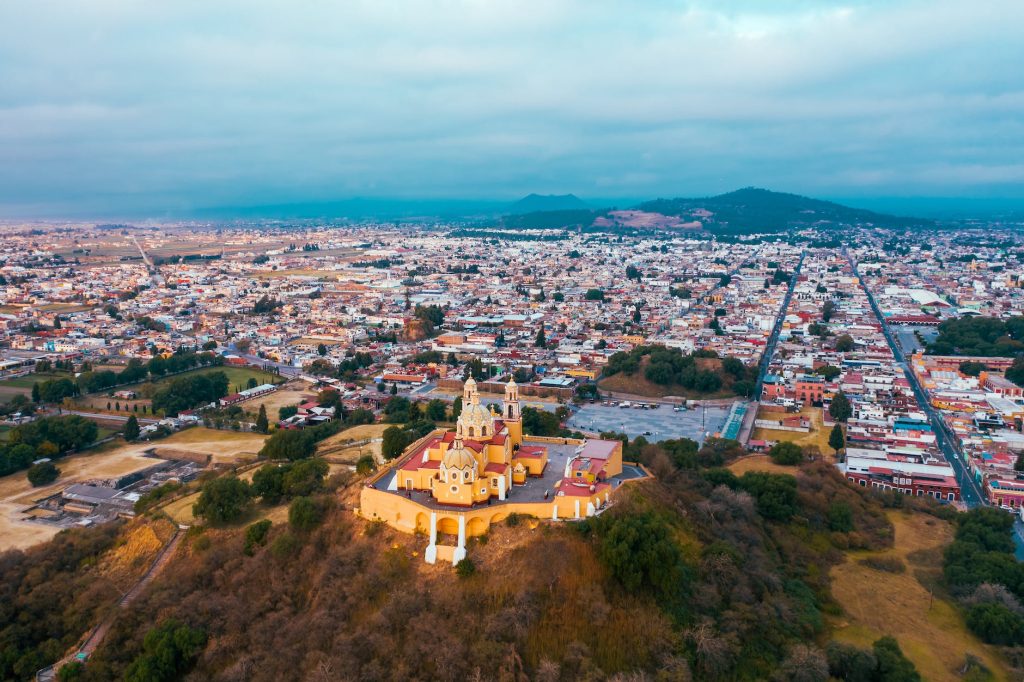New Mexico, known as “the Land of Enchantment”, is quite attractive considering it has much to offer, such as a rich cultural heritage and vibrant art scene. The state also offers a diverse climate that varies significantly across the state.
Newcomers may find it exciting and challenging to get used to the climate in New Mexico, which ranges from the deserts of the south to the snowy mountains of the north.
Below, we examine New Mexico’s various climate regions and offer advice on how to adapt to this exciting southwestern state.
Let’s jump right in.
High Desert Climate
The southern and central regions of New Mexico are known for their high desert climate, featuring hot summers and mild winters.
Cities like Albuquerque and Las Cruces fall under this category. Summers can be scorching hot, with temperatures often going over 90°F (32°C), while winters are milder, averaging in the 40s°F (4-9°C). The low humidity makes the heat more tolerable, but staying hydrated and shielding yourself from the intense sun rays is vital.
In these areas, you must be ready for quick temperature drops during the evenings, even in the summertime.
Mountain Climate
The mountainous regions in the northern part of New Mexico, including cities like Santa Fe and Taos, have a mountain climate.
During summers at higher elevations, temperatures range from 70°F to 80°F (21-27°C), providing pleasant warmth. However, nights can get chilly, particularly at higher altitudes, so wearing layers is essential to staying safe and comfortable.
Winters in the mountains can be cold, often below freezing, with regular snowfall. Proper winter clothing such as a parka, snow boots, hat, and gloves are necessary.
Plateau Climate
Certain areas in New Mexico, like Farmington and Gallup, are situated on plateaus, resulting in a relatively moderate climate compared to the high desert or mountain regions.
These plateaus have warm summers, with temperatures around 90°F (32°C), and relatively mild winters, ranging from the mid-30s°F to the low 50s°F (1-10°C). Plateau regions typically receive more rainfall than desert areas, creating a greener and more agriculturally favorable environment.
Tips for Adjusting to New Mexico’s Climate:
Stay Hydrated
Regardless of the region you’re in, staying hydrated is crucial to successfully adjusting to New Mexico’s climate.
The arid climate can lead to rapid dehydration, especially during the hot summer months. Carrying a reusable water bottle and drinking plenty of water daily will be the key to staying healthy.
Protect Yourself from the Sun
Because of New Mexico’s high elevation, residents and visitors have increased exposure to the sun’s harmful UV rays. Use a high-SPF sunscreen, and wear a wide-brimmed hat and sunglasses.
During peak hours of the day (noon to five PM), seek shade frequently if out and about, and don’t forget to reapply your sunscreen.
Prepare for Monsoon Season
During the summer months, heavy rains and thunderstorms are common. This results in sudden downpours and potential flash floods, particularly in arroyo areas. You can prepare for monsoon season by bringing outdoor furniture inside, having an emergency kit, and ensuring your roof is in good condition.
Layer Clothing
Considering the temperature variations, particularly in mountainous areas, it is advisable to dress in layers. By doing so, you can easily adjust your clothing as the temperature changes throughout the day, allowing for comfort and adaptability. You can always bring a backpack or bag with you for the layers you may take off.
Be Cautious in Winter
Be prepared for snow and icy conditions. Keep your vehicle equipped with essential emergency supplies like a shovel, ice scraper, and sand or kitty litter to help gain traction on icy roads. Having an emergency stash of food, water, and blankets in your home and car is also recommended in case you get stuck on the road or snowed in your home.
Beware of Altitude Changes
If you’re not used to high elevations, be mindful of altitude sickness, especially when going into the mountains. Altitude sickness can feel like the flu; vomiting, headaches, insomnia, and dizziness are all common symptoms. To avoid getting sick, gradually go up in altitude over a few days.
Use Medications and Supplements
Unfortunately, New Mexico’s quick and extreme temperature changes can have an impact on your body that you may not have expected.
During a temperature transition, your joints may ache (especially if you have arthritis or prior injury), you may have drastic changes in mood, and insomnia. Daily vitamins, mood enhancers, and pain relievers can help your mind and body adjust.

